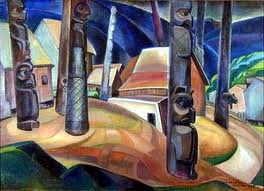
A one hour personal essay about returning to Victoria on Vancouver Island, where I grew up. By 1986, I had lived away from Victoria for 24 years. For 10 of those years I had lived in New York. I’m doing an archeological dig on the senses, on memories here through interviews with a creator of the most prolific salmon-fishing lure, a senior woman who organizes her neighborhood and my old highschool art teacher, a Berlin artist who arrived here in the 1950s, another immigrant from New York who runs a cultural newspaper and an actress who transplanted herself here from Toronto. They all help me explore the essence of this place. Home of sorts. A partial transcript follows.

Safe Haven transcript (segment):
It has been twenty-three years since I last lived in Victoria on Vancouver Island and even longer since I last worried about whether to use a squirt or a strip teaser when faced with a briny day on a small boat. I left in 1962 and I visited only occasionally since. My mother moved to the mainland…and when I make my pilgrimages to see her I seldom visit Victoria.

When I left at age 19 it took six hours on a CPR ship to reach Vancouver and I never wanted to look back. Although Victoria and the island were the only world I knew it seemed that everything that mattered happened somewhere else. Somewhere else has pulled me for twenty years and I did what my junior high school class vowed we would never do – move to the United States. I began in San Francisco and then journeyed East. For the past ten years I have lived in New York City with one year out to work in Peking, China.
For years, I produced documentaries for radio and tv about cultures that all seemed more vital than my own: American Blacks , Hispanics, Eastern European Jews, Haitians and the Chinese.
But then last year I moved to an apartment where wisteria covered the windows of my studio and last summer two blue jays flitted around the tiny back garden.
I don’t know whether it was the mystery of wisteria and blue jays in Manhattan or the safety of age and time…but I started thinking about Victoria & Vancouver Island — my growing up place.
I wanted to return to the island not so much to reconstruct my biography, but rather to do an archeological dig on the senses…to excavate for buried beginnings.
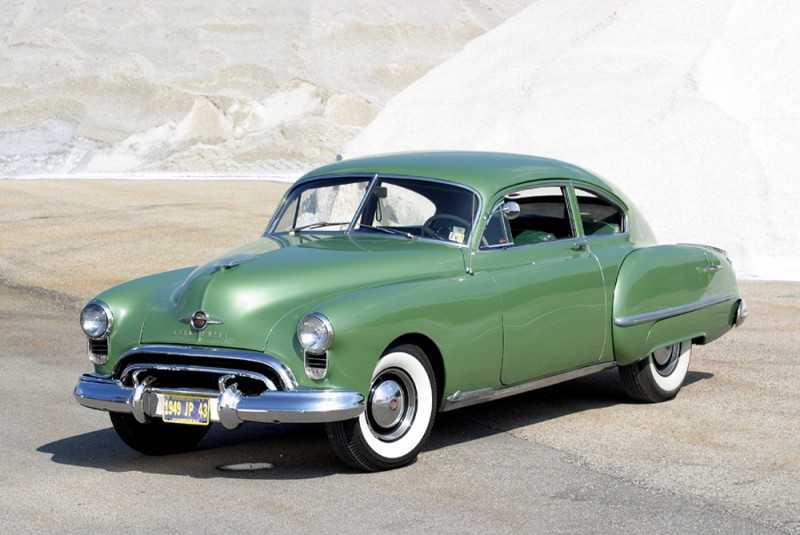
There’s no rhyme or innocence to this exploration since my reactions and recollections are now filtered through years of other places, experiences, people and ideas — all markers on a journey. But now I’m curious about where I packed my bags.
Since most of my close friends also left the Island I’m not running around to checkup on marriages and divorces, kids, successes and failures. No it’s not a highschool reunion I want so much as a re-thinking and feeling. Or maybe it’s simply a desire to flirt a bit with the place and a few of its people.
When I get off the plane in Vancouver, the familiar yet startling sensations begin moving over me like a sudden clearing in a fog. Space, cleanliness, big sky, soft greys and sharp greens, and the immediate affront of the mountains. There are also those subtle English & Scottish accents and that tentative pacing of speech which has taken years of leaving and returning to really hear. But it is nature writ large that melts my New York edge. By the time I’m on the ferry to Vancouver Island the scope of nature is overwhelming. The slate grey sea with its poly-rhythms of swells and dapples. The eye-watering brilliance of the sun shooting stars off its surface. The gulf islands floating like spiked furry caps all fir and cedar green. A tug boat pushes a barge of wood chips. A fleet of fishing trawlers pass. Gulls cruise. I can’t help it, the clichés come spewing out. Somehow my lack of vocabulary for what I’m perceiving reveals just how far I’ve traveled from this scenery. No matter. These images are printed in the marrow of my bones…and although I have no close friends here anymore, sensually and spiritually, I feel I’m going home.
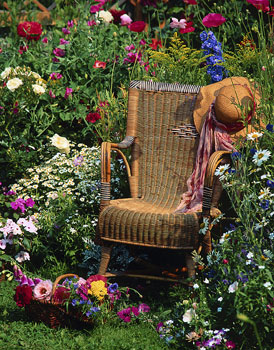
Driving into Victoria I’m struck by something so clear that I’m surprised I never noticed it before . It’s the contrast or counterpoint between the unpredictable power of big nature and the highly contrived beauty created by the English who settled here. My first step then is to climb the rocks off the ferocious ocean at Esquimalt point and peruse the tidal pools where I used to spend hours as a kid filling jars with anemones and sea urchins which later stank up my bedroom.
My second stop is to visit old neighbors. Their yard, like every other yard in Victoria, is a prize of neat beauty. No blade of grass too long, no weeds overlapping the driveway. Of course, we do the customary stroll through the garden enquiring after species names. I hear about this year’s imperfections compared to last. Inside on living room walls sit the Queen, her mother, Princess Diane and Charles all smiling dumbly out from China plates. Aaah. Victoria.
Another couple arrives and the conversation is passionless until suddenly the men talk intensely about squirts, hooches and anchovies. This jargon would be unintelligible most other places but it is at the heart of Victoria’s obsession. It may sound like a contradiction, but Victoria’s obsession is for the perfect bait. So it was the memory of the fishing habit which led me to 79 year-old Rhys Davis, who thirty years ago designed the now famous lure called The Stripteaser and its six variations. When I arrived he was adding new proof of his success to his scrapbook.
Rhys Davis interview:
I went through 10,000 combinations on one lure to get the thing to work…and still haven’t got it yet. So a lot of research, trial and error, a lot of work goes into it. The only problem with turning a hobby into a business you never relax…This first strip I put in is a 5 and 14 in. That’s the standard size…There that’s the large, the original, that turns counter clockwise looking from the boat

Disentangling myself from Davis’ workshop and his seven acres of firs, cedar and balsam at the ocean’s edge, I drive past Deep Cove and Brentwood Bay — stretches of water where I once spent hours waiting for that promising tug on my line. My father spent all his spare time fishing when he wasn’t delivering oil to fishing villages and logging camps around lower Vancouver Island. If he showed any recognition for my accomplishments it was not for how well I did at school or played the piano, it was for how well I shoved a worm on a hook or flirted with a fish on a line before bringing it in. When I was beginning highschool, he died. He had just finished building a boat in our garage. Somehow that boat symbolized everything I learned from him and the deep respect he had for the treacherous mind of the sea. I have hardly been on a small boat since. There are few people I trust in boats and my life has taken me far away from that form of religion but I’m still hooked on the storytellers that surround fishing boats.
My first job at thirteen was working as a handy girl and waitress at the old Oak Bay Boat House, selling bait, renting boats, cooking for the fishermen in the early morning and again at night. Their talk never strayed far from which kelp beds the salmon were feeding on and when the tides changed. Now it’s a spiffy marina with mostly sail boats and pleasure craft moored there. As I stroll along the docks I’m mesmerized by the light show reflecting on the bows. Somewhere a small outboard engine purrs in the water and a universe of sensations, motions, smells, and hypnotic textures return. I even recall the soft sounds of water against a boat at night…coaxing dreams.
On a misty morning I drive out past Sooke, where we used to fish, to Jordan River where we once cooked crabs and clams in a pot on an open beach fire and baked salmon in the sand. How abundant that world seems now that I have to buy tiny salmon steaks at exorbitant prices in smelly Greenwich Village stores where I have no way of knowing just when that fish died.
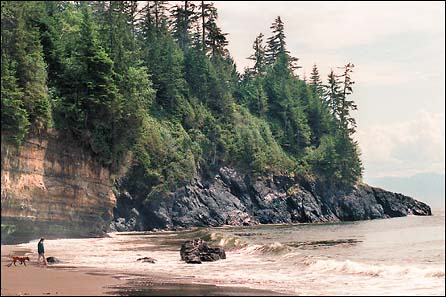
I stop for lunch at Point No Point, a fussy tea house with dainty settings that overlooks a stretch of wild beach. Ravens, gulls, and herons, are stalking, waiting, listening. Glistening kelp makes sexy shapes across the rocky shore, while waves smash relentlessly on the reef. Amusing this contrast between tea house and wild nature conjuring up nineteenth century notions of civility versus savagery — a posture which endures here on the island as a tension between constraint and exuberance.
As I drive around Victoria I see that more and more crafted gardens and manicured lawns have replaced the wild fields and jungle forests I grew up with. It’s the same old story of urbanization beating back nature, but it seems to have a special irony here where only the Gary oaks have defied pruning….to be continued.
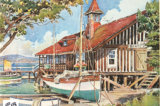
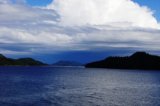
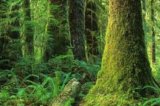
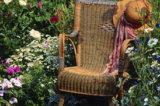
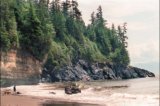
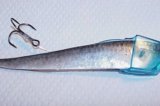
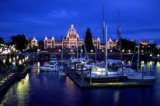
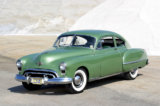
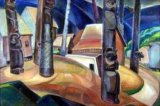
Gail, sorry you did not get to the 50th, surprisingly most folks were recognizable.
The article I am reading of yours is somewhat of what I am going through now as I move back to Victoria after an absence of 25 years. It is a great ride thanks for the spiritual and intellectual journey.
Cheers.
Ken Smith (OBHS ’61)
Gail, I enjoyed your essay about Victoria. We now live in Anacortes, and travel to Victoria on the ferry to Sidney. In am a a fan of PBS and NPR. Like you I moved to the US in 1962 . I’m a Vietnam veteran and spent a career in Federal Law enforcement mainly in San Francisco, Los Angeles and in Seattle. I am proudly a OBHS 1961 Graduate. Wevvusit New York on occasion, we see some Broadway plays. In November We visited the 9/11 Memorial and museum. Regards Ron Rice
Wow!Thanks for writing on this website, Ron. Did we know each other at OBHS? My memories are so dim now of that time. But how interesting your life trajectory. Crossed paths, yet different. I produced that radio program about Victoria in the early 80s, so it’s dated now. But seemed important at the time. How lucky you are to live in that part of the world. I now live part of the year in the mountains of southern Mexico and in New York. How lives evolve!